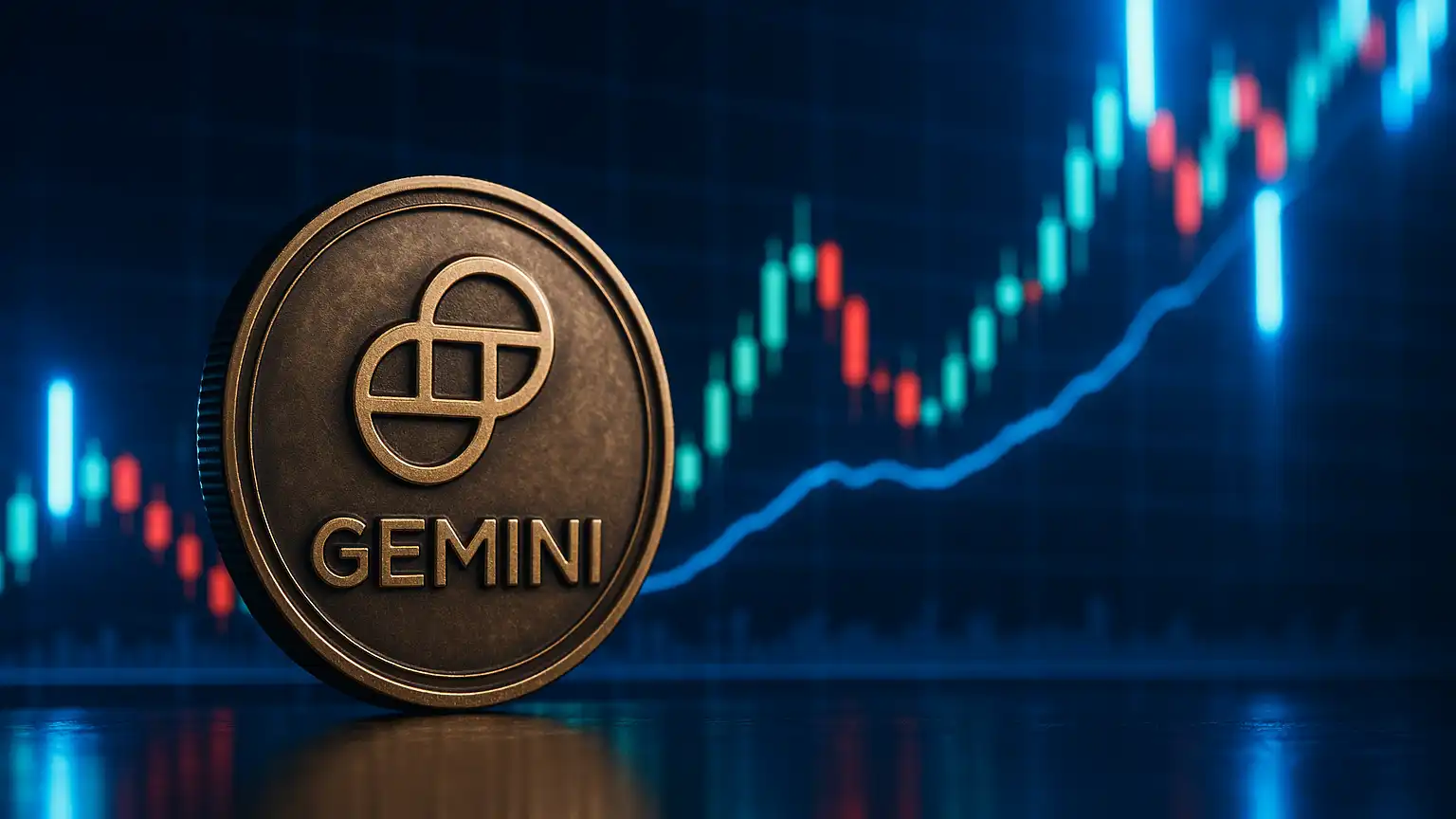Navigating the Current Crypto Market: Trends, Challenges, and Opportunities
Investment Surge Amid Economic Tensions
In the wake of renewed US-China tariff tensions, the cryptocurrency market has witnessed a remarkable influx of capital. Despite the initial dip in crypto prices, last week’s investment activities were buzzing with excitement. Investors poured a staggering $3.17 billion into digital asset funds, showcasing a robust vote of confidence amidst uncertain economic backdrops. This influx has pushed 2025’s year-to-date inflows to $48.7 billion, surpassing last year’s record figures. Such an investment crescendo suggests that digital assets continue to hold a magnetic appeal, drawing both retail and institutional interest.
Explosive Growth in Exchange-Traded Products
Digital asset exchange-traded products (ETPs) have become a focal point for investors, evidenced by a record-breaking $53 billion in weekly volume. This figure is nearly double the average pace for 2025. The rising interest in ETPs highlights a growing trend towards structured financial products within the crypto industry, which offer simplified exposure to digital assets. The Friday turnover, hitting $15.3 billion, marked the highest single-day volume ever, underscoring the liquidity and momentum these instruments are attracting.
Asset Management Decline: A Temporary Setback?
While the investment momentum was impressive, total assets under management did experience a decline of 7% from the previous week’s peak to $242 billion. The market downturn, largely catalyzed by tariff-driven sell-offs, has introduced short-term volatility. However, market analysts suggest that such corrections are not uncommon in the crypto space, and AUM figures could rebound as economic conditions stabilize and investor confidence returns.
The US and Europe: Dominant Players in Investment Flows
Geographically, the United States has been at the forefront, drawing over $3 billion in fresh investments. This dominance reflects a large, enthusiastic investor base coupled with favorable regulatory environments that facilitate crypto adoption. Europe also plays a significant role, with countries like Switzerland and Germany contributing $132 million and $53.5 million, respectively. The contrasting investment climate in Sweden, Brazil, and Hong Kong, however, saw outflows, highlighting regional disparities in market reception amidst global tensions.
Altcoins: A Resilient Asset Class
Altcoins have managed to maintain stability even as markets faced headwinds. Though Bitcoin recorded impressive inflows of $2.67 billion last week, other digital assets like Ethereum and Chainlink continue to capture investor interest. Ethereum’s $338 million inflows underscore ongoing faith in its ecosystem, despite facing significant outflows on correction days. The altcoin strategy appears diversified, with notable investor interest extending to niche projects like Sui and multi-asset products, despite their recent outflow challenges.
Ethereum: Volatility Amid Strength
Ethereum’s journey through last week was one of highs and lows. While the inflows showcased underlying confidence in its technological advancements and utility, the $172 million outflow on Friday reflected sensitivity to market corrections. This volatility indicates that while Ethereum holds strong long-term value, it remains susceptible to short-term market pressures, often reacting sharply to broader economic uncertainties.
Emerging Altcoins: A Diversified Bet
Investment patterns in emerging altcoins such as Chainlink and Sui reveal a growing curiosity and appetite for innovation within the crypto sphere. These projects attracted inflows of $3.2 million and $2.3 million respectively, suggesting that investors are keenly seeking out future growth leaders beyond the established giants. Such diversification allows investors to capitalize on potential breakout technologies while spreading risk across various sectors.
Cross-Regional Trends and Influences
The investment landscape is not uniformly optimistic across all regions. The US continues to dominate inflows; however, smaller outflows in places like Canada and significant declines in Sweden and Hong Kong reveal a more complex global narrative. These fluctuations underline the importance of geopolitical conditions, regulatory environments, and local investor sentiment in shaping market dynamics and should be watched closely by stakeholders for signs of shift.
Market Overview: Challenges and Future Prospects
The cryptocurrency market remains on uncertain ground, buffeted by macroeconomic events such as the escalation of US-China tensions. President Trump’s recent criticism of China’s rare earth policies sent ripples across global markets, pushing investors to reassess their risk exposures. The Nasdaq and S&P 500 experienced notable declines, and Bitcoin too faced temporary sell-offs before recovering. This volatility highlights the existing market vulnerabilities amidst geopolitical developments, urging caution and strategic foresight amongst investors.
Bitcoin’s Resilience and Institutional Confidence
Despite the turbulence, Bitcoin demonstrated resilience, recovering rapidly from its lows to settle at a stable valuation. The digital asset’s ability to attract substantial institutional flows showcases its growing appeal as a digital gold equivalent, bolstered by an understanding of its deflationary nature. Institutional confidence, coupled with retail adoption, appears to be a driving force, solidifying Bitcoin’s role as a lynchpin in the crypto space.
Strategic Outlook in a Volatile Environment
Looking ahead, investors and market participants are advised to adopt a defensive posture while maintaining agile strategies. With the global policy landscape fluid and economic conditions volatile, having a balanced portfolio that includes high-growth potential assets and stable coins could prove beneficial. Keeping a close watch on emerging regulations and market signals will be crucial in navigating these uncharted waters effectively.



